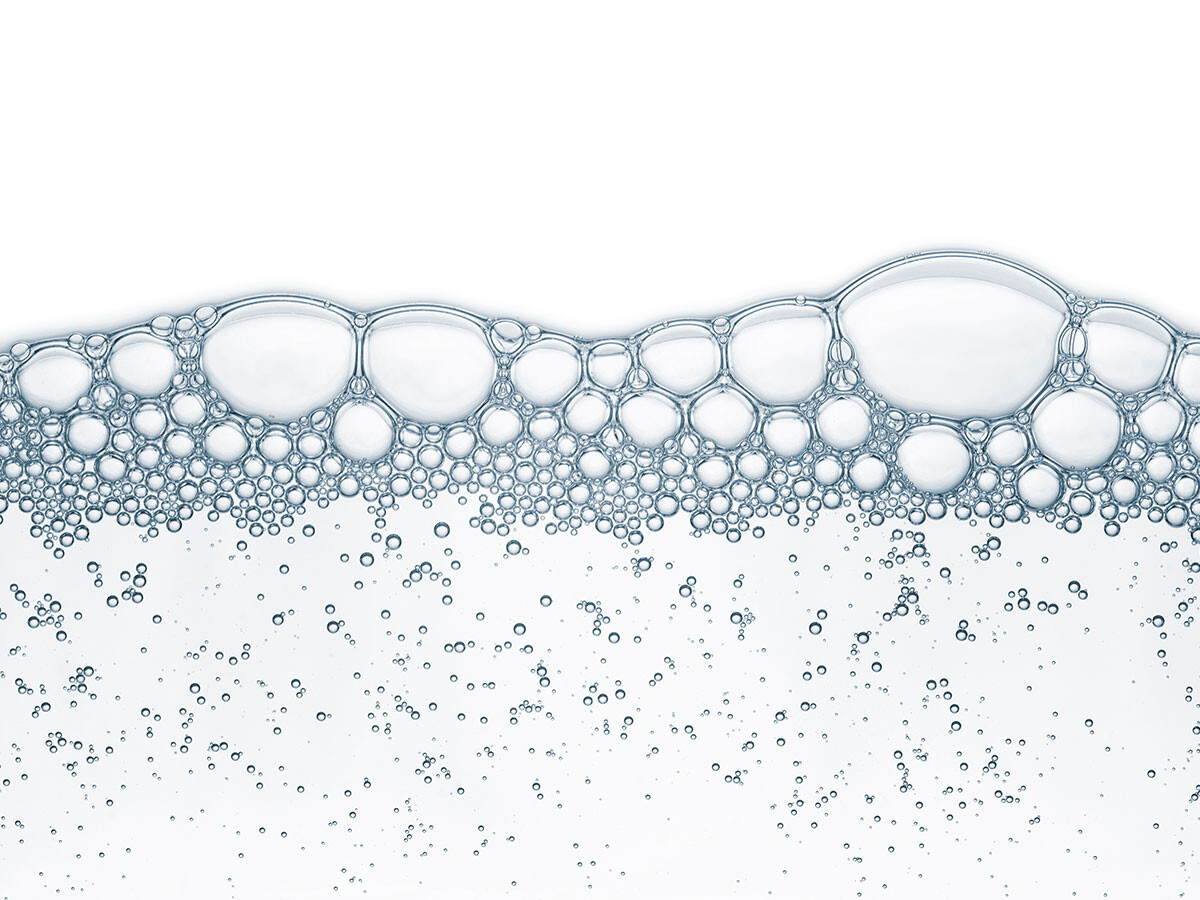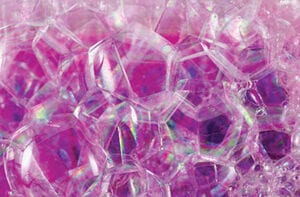Effective Use of Defoamers in the Pharmaceutical Manufacturing Process
Effective Use of Defoamers in the Pharmaceutical Manufacturing Process
Blog Article
Just How Defoamers Improve Efficiency in Manufacturing and Production

Comprehending Defoamers
Defoamers play a critical role in numerous producing processes by efficiently combating the development of foam, which can disrupt operations and affect product top quality. Foam can develop in many contexts, such as throughout mixing, heating, or chemical responses, potentially leading to inefficiencies and disparities in products. The mechanism whereby defoamers operate normally entails minimizing the surface area stress of the fluid, permitting bubbles to climb and integrate to the surface quicker, where they can then burst.
Reliable defoamers not just reduce foam development but likewise maintain compatibility with the product, ensuring that there are no damaging results on the last outcome. Understanding the homes and functions of defoamers is crucial for makers intending to enhance their processes, improve performance, and maintain the stability of their products (defoamers).
Key Advantages of Defoamers
Utilizing defoamers in manufacturing processes provides an array of significant benefits that improve operational performance and product quality. Among the key advantages is the reduction of foam formation during manufacturing, which can obstruct machinery and disrupt workflows. By reducing foam, defoamers make sure smoother procedures, leading to reduced downtime and maintenance expenses.
Additionally, defoamers enhance item uniformity by avoiding air entrapment, which can compromise the integrity of the end product. This is especially crucial in markets where aesthetic appearance and texture are essential, such as in paints, finishings, and foodstuff. Enhanced item top quality not just fulfills consumer assumptions yet additionally enhances brand credibility.
Moreover, defoamers can assist in enhancing source usage. By enhancing the efficiency of raw product utilization, they contribute to cost savings and decreased waste, straightening with sustainability objectives. The application of defoamers can lead to much shorter processing times, enabling suppliers to enhance manufacturing capability without considerable resources financial investment.
Applications in Numerous Industries
In producing processes across numerous industries, the application of defoamers plays an important duty in improving effectiveness and item quality. These chemical additives are used in fields such as food and beverage, drugs, and fabrics to alleviate foam-related difficulties.
In the food and beverage industry, defoamers are vital during the fermentation process, preventing lathering that can interfere with production and spoil the item's integrity. In the pharmaceutical field, defoamers are made use of in the formulation of fluid medicines, ensuring uniformity and security while decreasing waste.
Fabric manufacturing additionally gains from defoamers, as they are used in coloring and completing more processes to advertise even distribution of chemicals and dyes. This application not just improves the end product's appearance however additionally decreases the quantity of water and power consumed throughout manufacturing.
Additionally, in the paper and pulp market, defoamers assist maintain procedure efficiency by minimizing foam that can hinder machinery performance. In general, the varied applications of defoamers across these sectors underscore their importance in enhancing production processes and providing high-quality products.

Picking the Right Defoamer
Selecting an appropriate defoamer is vital for maximizing effectiveness and quality in producing processes. The option of defoamer depends upon different elements, consisting of the specific application, the kind of foam being created, and the formulation of the item being made.

Firstly, think about the chemical compatibility of the defoamer with other ingredients in your solution. A defoamer that communicates adversely with other parts can adversely affect product top quality. Furthermore, the temperature and pH array throughout handling are crucial; some defoamers do ideally under specific problems while becoming inefficient in others.
Secondly, assess the defoamer's efficiency features, such as its capacity to promptly lower foam and its determination during manufacturing. It is essential to pick an item that not only removes foam quickly but likewise preserves its efficiency with time.
Lastly, consider environmental and regulative aspects, particularly if your production process is subject to stringent conformity standards. Choosing a low-toxicity or biodegradable defoamer can a knockout post assist meet sustainability objectives while ensuring operational efficiency. By thoughtfully examining these requirements, suppliers can make educated decisions that improve performance and product honesty.
Ideal Practices for Application
Effective application of defoamers in producing procedures calls for careful preparation and adherence to best techniques. Choosing the ideal defoamer, as formerly reviewed, is vital; ensure it is suitable with this the materials entailed and attends to the determined lathering issues effectively.
Next, keep clear interaction with all stakeholders, including drivers and quality assurance groups. Training sessions can help guarantee that everybody recognizes the dosing treatments, prospective influences on product top quality, and safety and security factors to consider. Executing a trial phase can additionally be valuable; monitor performance very closely to determine efficiency and make required modifications.
In addition, routine screening and tracking of foam degrees can give important insights into the defoamer's performance gradually. Readjusting dosages in action to modifications in manufacturing variables will certainly assist preserve optimal efficiency - defoamers. Documenting all procedures and results advertises continuous enhancement, allowing for fine-tuning of defoamer usage and improving general efficiency in manufacturing procedures.
Final Thought
In summary, defoamers play an important duty in improving effectiveness within manufacturing and production processes. By lessening foam development and facilitating bubble coalescence, defoamers add to improved product high quality, uniformity, and operational performance.
The advantages extend to item top quality and cost savings, as defoamers aid simplify procedures.Defoamers play a critical function in different making processes by successfully combating the formation of foam, which can interfere with operations and impact item high quality. Understanding the properties and functions of defoamers is important for producers intending to enhance their procedures, improve productivity, and keep the stability of their items.
Utilizing defoamers in making procedures uses an array of significant benefits that boost operational performance and product high quality.Furthermore, defoamers enhance product consistency by preventing air entrapment, which can jeopardize the stability of the last product.
Report this page